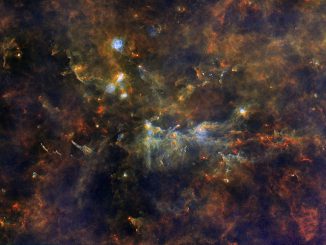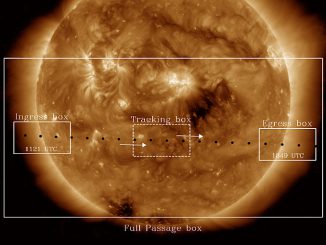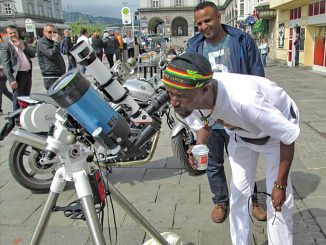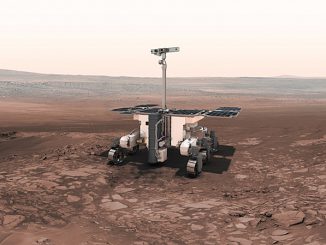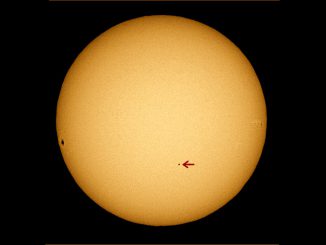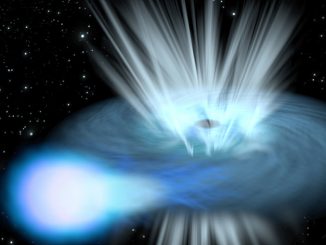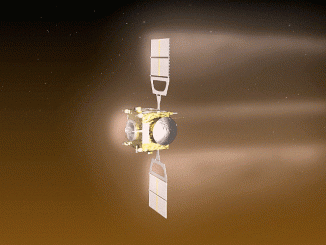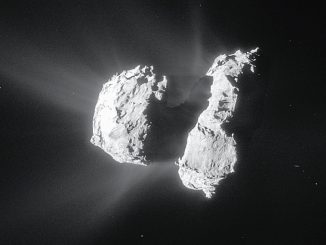
Rosetta’s Comet 67P contains ingredients for life
The possibility that water and organic molecules were brought to the early Earth through cometary impacts has long been the subject of important debate. Now, ingredients crucial for the origin of life on Earth, including the simple amino acid glycine and phosphorus — key components of DNA and cell membranes — have been discovered at Comet 67P/Churyumov-Gerasimenko.

